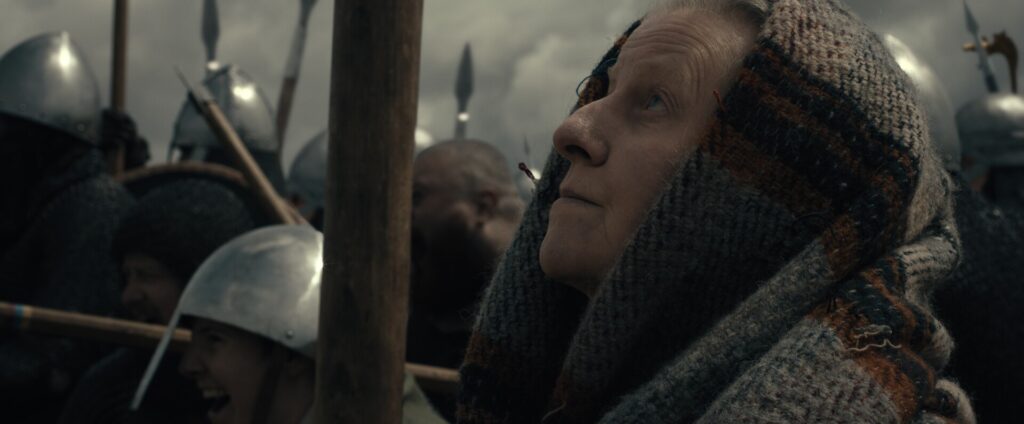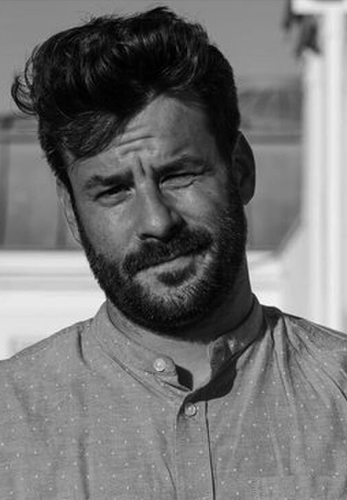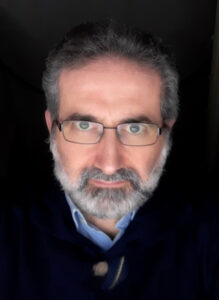I’m a visual storyteller currently based in the UK. From a young age, my passion for creating visuals has taken various forms, starting from drawing and evolving into the world of photography. Graduating as a graphic designer, I continued to explore my love for capturing moments through the lens.
Journey into Filmmaking:
Cinematography is not just a craft; it’s a language for me to tell compelling stories. With a background in graphic design, my transition into cinematography has been a natural progression, allowing me to blend the visual and narrative elements seamlessly. Handling everything from cinematography and editing to grading is part of my creative process.
As I continue to explore the intersection of creativity and narrative, my goal is to craft stories that resonate with audiences, utilizing my diverse background and experiences to bring a unique perspective to the world of filmmaking.
Hello Tamas and Thank you for granting us this interview
[MIS] Can you share some early influences or experiences that sparked your interest in filmmaking? What motivated you to pursue a career in this field?
[Tamas] My father was an early influence. He introduced me to film through his expansive movie collection and eclectic tastes. As a computer engineer, he also exposed me to creative software that let me develop a knack for rapidly learning new digital tools – key for modern filmmaking. Most of all, he encouraged my curiosities. His guidance nurtured passions that drove me toward the film medium. In many ways, my father himself inspired me more than anything else.
[MIS] Take us through your filmmaking journey. From your first project to where you are now, what have been the key milestones and challenges in your career?
[Tamas] After a couple of years working commercially, I felt an urge to make films. So three years ago, I bought equipment and made music videos to prepare for narratives. We’ve done three that won 18 small awards – they were the perfect platform for my first narrative short, Foretoken – Omen of the Outsiders.

[MIS] Tell us about the inspiration behind “Foretoken – Omen of the Outsiders” and what drove you to embark on a 1,400-mile journey across the UK for its production?
[Tamas] Actually, the inspiration came from graphic novels – how they fit epic tales into limited pages. That made me realize we could craft an ambitious story within a short film by using nature as our set. I wanted to build an immersive, expansive world around the characters. So finding stunning UK locations to shoot was essential. Rather than sets, landscapes became integral to complement the narrative and cast. We just had to find, venture out and capture the right scenic backdrops.
[MIS] Every filmmaker faces challenges. Can you share a particular challenge you’ve encountered in your career and how you overcame it? What did you learn from that experience?
[Tamas] I see film producing as running a business. Despite no business background, I learned from a talented entrepreneur. Making a movie and managing a company both mean solving endless problems – facing challenges, lowering risks, finding solutions from start to finish. That exposure let me adopt business principles for tackling production hurdles from development and filming to post and distribution.
[MIS] Were there any specific influences, artistic or otherwise, that played a significant role in shaping the narrative and visual style of “Foretoken – Omen of the Outsiders”?
[Tamas] We almost exclusively used natural lights, not even using bouncers. The only time we used some lights were the night scenes, but even there the actual real fire worked as our key light. To achieve the night time look we specifically shoot scenes at blue hour, which is a 20 min long time-window after sunset, and we have been running extensive tests to be ready for that unique lighting conditions months before shooting.
To approach these challenges I first studied movies where they leaned on natural lights a lot, from Barry Lyndon through The Revenant, Children Of Men, Days Of Heaven. The list of films that rely heavily on natural light is extensive and also includes movies like The Tree of Life.
In the grading process, I aimed to achieve a vibrant, historical look that preserved the stunning natural colors. Initially, I recreated the tonal quality of AGFA XT 125 negative film stock paired with a desaturated KODAK print stock. This provided a rich, analog base. Later on, I modified that baseline look by subtracting certain hues. The resulting sickly, yellowish palette helps represent themes of cowardice and betrayal

[MIS] Carrying all your equipment on a 1,400-mile journey sounds like a tremendous undertaking. Can you share some of the challenges you encountered during this process and how you overcame them?
[Tamas] The entire cast and crew pitched in to haul gear up mountains. Using real armor and weapons added weight and difficulty . Our assistant and I were the main lifters, lugging heavy cases on backs and trolleys. It was grueling work and I have to admit we both neared exhaustion at times. Shooting after trekking to remote spots was incredibly challenging. The changing weather kept us exposed. But overcoming the demands together bonded our team and strengthened resolve. Our ambition pushed limits but the shared quest fueled the film’s gritty realism.
You can watch our behind the scene video which goes through the production stages from start to finish
Behind the Scenes

[MIS] Looking ahead, what are your aspirations for the future of your filmmaking career? Are there specific genres, themes, or collaborations you hope to explore in upcoming projects?
[Tamas] I’m currently writing a feature film script. Once the screenplay is finished and viable for production, I aim to move forward and bring this feature alive.
[MIS] What advice would you give to aspiring Filmmakers who are trying to make their mark in the film industry?
[Tamas] Since Foretoken marks my first narrative short, I don’t feel qualified to give out filmmaking advice. But if I had one tip to share: close down your aperture!
[MIS] Any final thoughts at the end of this interview?
[Tamas] In closing, thanks to the Monthly Indie Shorts team for highlighting our film and for this interview opportunity. We sincerely appreciate it!
behind the scene photos are available on our instagram page.














